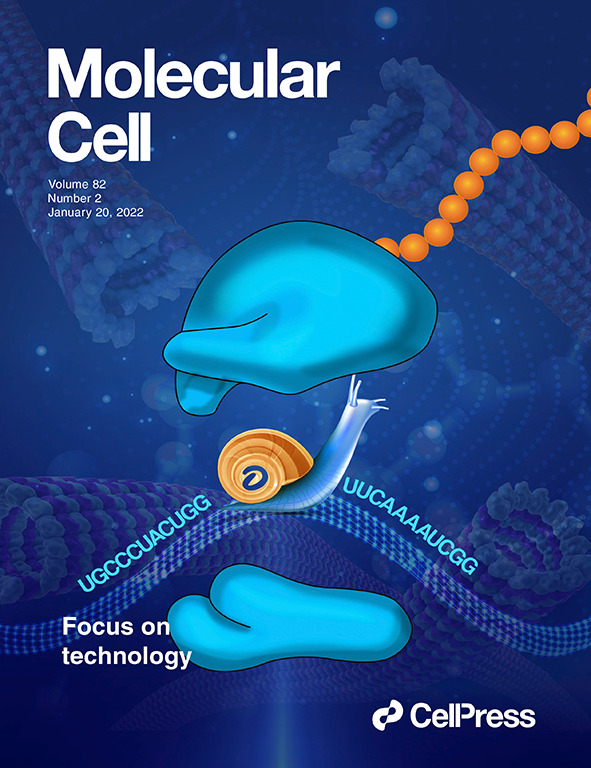Unveiling the antimetastatic activity of monoterpene indole alkaloids targeting MMP9 in cancer cells, with a focus on pharmacokinetic and cellular insights
IF 6.5
3区 生物学
Q2 BIOCHEMISTRY & MOLECULAR BIOLOGY
引用次数: 0
Abstract
Distant metastasis, together with acquired resistance, limits the therapeutic impact of chemotherapy and molecularly targeted therapies. The properties of the tumor microenvironment determine how sensitive or resistant various cancers are to specific pharmacological treatments. Matrix metalloproteinase 9 (MMP9) is widely known for its ability to break down the extracellular matrix and it also modulates the motility of cancer cells. Here, our goal was to identify compounds that target MMP9 and evaluate their capacity to inhibit the motility of cancer cells. The antimetastatic effect of monoterpene indole alkaloids (MIAs) on cell viability and motility was evaluated by methyl thiazolyl tetrazolium assay, migration assay, invasion assay, quantitative real-time polymerase chain reaction, pathway-focused expression analysis, Western blotting, reporter assay, molecular docking simulation, and target prediction. MIA compounds target MMP9. MIAs inhibited the expression of phospho-epidermal growth factor receptor, phospho-Akt, phospho-JNK, and cyclin D1. Additionally, MIAs had predicted favorable pharmacokinetic profile and drug-like properties. Furthermore, among the MIA compounds, lyaloside and 5(S)-5-carbomethoxystrictosidine had low cytotoxicity and regulated cancer-related signaling, including cell migration, cell invasion, epithelial-mesenchymal transition, and immune evasion. Our findings demonstrated that the MIAs used in this study have potential antimetastasis properties that occur via MMP9-mediated regulation of cancer signaling and have the potential to be used therapeutically at safe doses.
揭示以 MMP9 为靶点的单萜吲哚生物碱在癌细胞中的抗转移活性,重点是药代动力学和细胞学方面的见解。
远处转移以及获得性抗药性限制了化疗和分子靶向疗法的治疗效果。肿瘤微环境的特性决定了各种癌症对特定药物治疗的敏感性或耐药性。基质金属蛋白酶9(MMP9)因其分解细胞外基质的能力而广为人知,它还能调节癌细胞的运动。在这里,我们的目标是找出靶向 MMP9 的化合物,并评估它们抑制癌细胞运动的能力。通过MTT试验、迁移试验、侵袭试验、qRT-PCR、通路表达分析、Western印迹、报告基因试验、分子对接模拟和靶点预测,评估了单萜吲哚生物碱(MIAs)对细胞活力和运动性的抗转移作用。MIA 复合物靶向 MMP9。MIAs抑制了p-EGFR、p-Akt、p-JNK和细胞周期蛋白D1的表达。此外,MIAs 还具有良好的药代动力学特征和类药物特性。此外,在MIA化合物中,lyaloside和5(S)-5 carbomethoxy strictosidine具有较低的细胞毒性,并能调节与癌症相关的信号转导,包括细胞迁移、细胞侵袭、上皮-间质转化和免疫逃避。我们的研究结果表明,本研究中使用的 MIAs 具有潜在的抗转移特性,可通过 MMP9 介导的癌症信号传导调节发挥作用,并有可能以安全剂量用于治疗。
本文章由计算机程序翻译,如有差异,请以英文原文为准。
求助全文
约1分钟内获得全文
求助全文
来源期刊

Molecules and Cells
生物-生化与分子生物学
CiteScore
6.60
自引率
10.50%
发文量
83
审稿时长
2.3 months
期刊介绍:
Molecules and Cells is an international on-line open-access journal devoted to the advancement and dissemination of fundamental knowledge in molecular and cellular biology. It was launched in 1990 and ISO abbreviation is "Mol. Cells". Reports on a broad range of topics of general interest to molecular and cell biologists are published. It is published on the last day of each month by the Korean Society for Molecular and Cellular Biology.
 求助内容:
求助内容: 应助结果提醒方式:
应助结果提醒方式:


